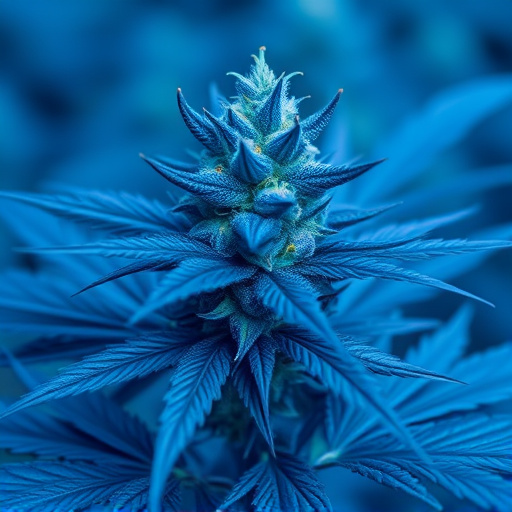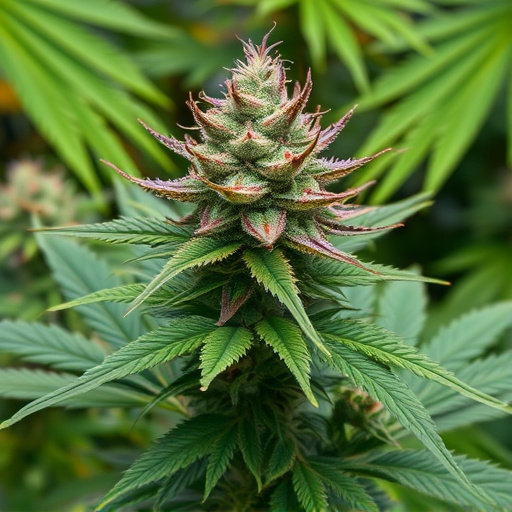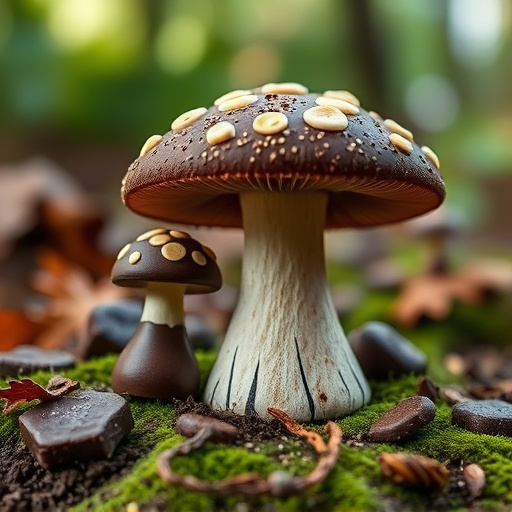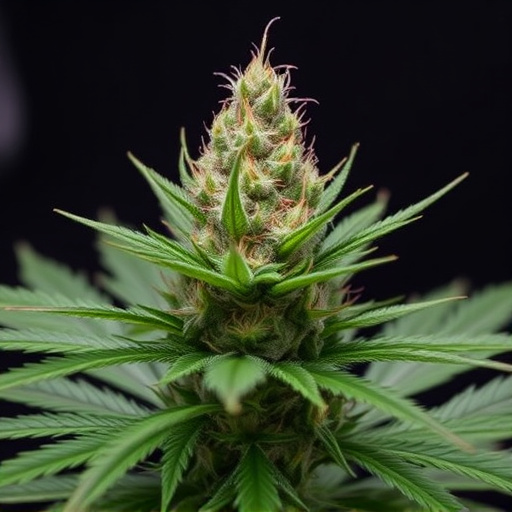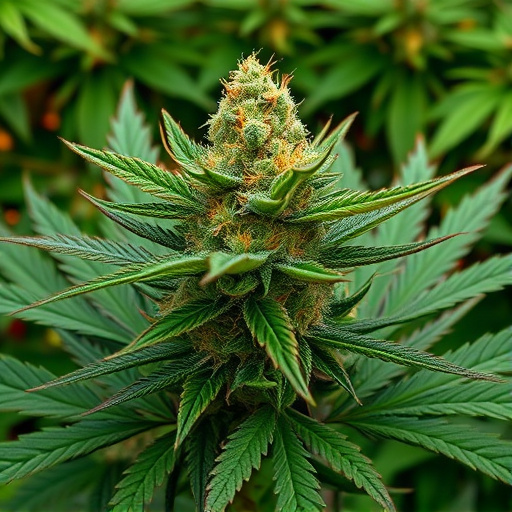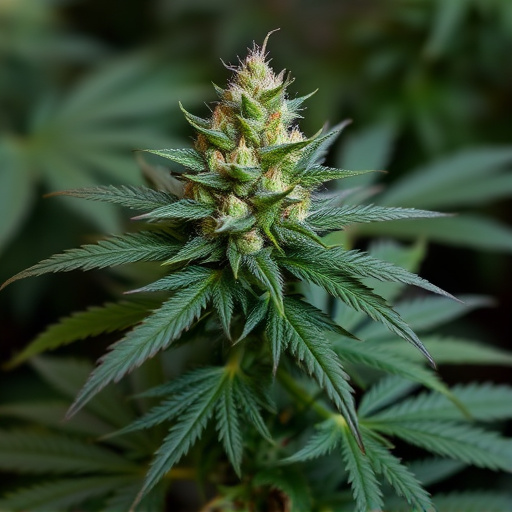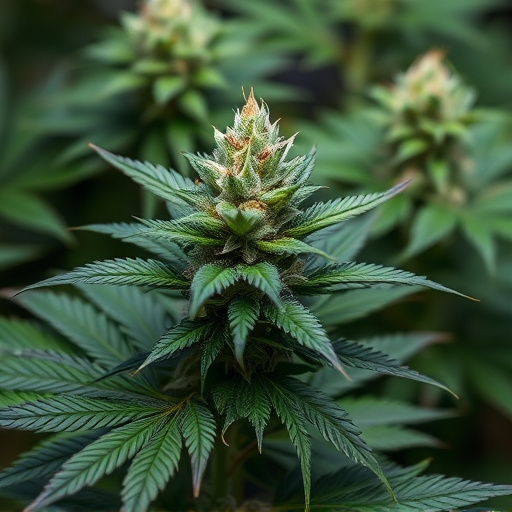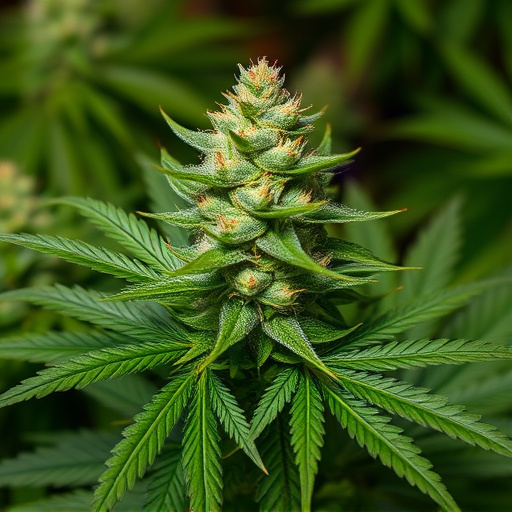Landraces, indigenous cannabis strains from specific regions, offer unique therapeutic benefits due to their natural adaptation and genetic diversity in cannabinoids and terpenes. These ancient varieties, like Thai and Mexican landraces, provide tailored relief from PTSD symptoms through high CBD content and specific terpene profiles, such as linalool, making them promising natural remedies for the condition.
Discover the significance of Landrace strains in cannabis therapy, particularly for Post-Traumatic Stress Disorder (PTSD). This article explores their unique origins and how they offer personalized relief. We delve into the role of specific landrace strains in treating PTSD symptoms, providing a natural approach to healing. From understanding their genetic diversity to their therapeutic benefits, this guide highlights why these ancient cannabis varieties are making a modern comeback for those seeking alternative treatments for PTSD.
- Understanding Landrace Strains: Their Origins and Uniqueness
- The Role of Landraces in Cannabis Therapy for PTSD
- How Landrace Strains Offer Personalized Relief for Individuals with PTSD
Understanding Landrace Strains: Their Origins and Uniqueness

Landrace strains are a unique category within the vast world of cannabis, offering a window into the plant’s diverse genetic heritage. These strains have their roots in specific geographic regions and have evolved naturally over centuries, adapting to local environmental conditions and acquiring distinct characteristics. For instance, the famous Thai strain is known for its potent effects and citrusy aroma, while Mexican landraces are celebrated for their relaxing and uplifting properties, making them popular choices among those seeking cannabis strains for PTSD relief.
Each landrace strain carries a wealth of genetic diversity, contributing to a spectrum of therapeutic potential. Their natural adaptation has resulted in varying levels of cannabinoids and terpenes, which are responsible for the unique effects experienced by users. This diversity is particularly valuable for medical applications, especially when tailored to specific conditions like PTSD, as different strains can offer distinct benefits. Understanding these landrace origins and their inherent uniqueness is key to appreciating the rich tapestry of cannabis genetics.
The Role of Landraces in Cannabis Therapy for PTSD
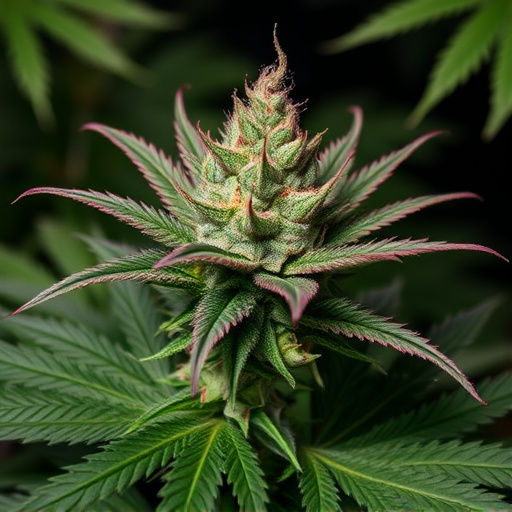
Landrace cannabis strains play a significant role in the field of medicine, especially when it comes to treating post-traumatic stress disorder (PTSD). These ancient strains, which have been cultivated and passed down through generations in specific geographic regions, possess unique therapeutic properties that are increasingly recognized by medical professionals. The effectiveness of landraces in managing PTSD symptoms is a testament to their adaptability and power.
For individuals seeking relief from the emotional and psychological trauma associated with PTSD, certain landrace strains have shown promising results. Their distinct chemical profiles, characterized by specific cannabinoid and terpene compositions, offer tailored solutions for different PTSD sufferers. The gentle yet potent effects of these strains can help reduce anxiety, improve sleep, and facilitate emotional healing—all of which are common challenges faced by those dealing with this condition. As such, incorporating landrace cannabis strains into therapeutic regimens could be a game-changer in the ongoing quest to provide effective, natural remedies for PTSD.
How Landrace Strains Offer Personalized Relief for Individuals with PTSD

Landrace strains of cannabis offer a personalized approach to relief for individuals dealing with post-traumatic stress disorder (PTSD). These strains, which have been cultivated and selected over generations in specific geographic regions, often possess unique chemical profiles that align with the complex neurobiology of PTSD. For example, many landrace strains are known for their high levels of cannabidiol (CBD), a non-intoxicating cannabinoid shown to reduce anxiety, improve sleep, and normalize mood.
The tailored nature of landrace cannabis for PTSD is further enhanced by their distinct terpene profiles. Terpenes are aromatic compounds that contribute to the unique flavor and potential therapeutic effects of different strains. Certain terpenes like linalool, found in many Latin American landraces, have been linked to reduced stress, improved sleep, and anti-anxiety properties—all of which can be beneficial for managing PTSD symptoms. By understanding the specific needs of individuals with PTSD and exploring the diverse world of landrace cannabis strains, patients can discover personalized treatments that offer much-needed relief.
Landrace strains, with their distinct origins and genetic heritage, play a vital role in cannabis therapy for PTSD. By understanding these unique varieties, we can unlock personalized relief for individuals seeking treatment. The specific adaptations and chemical profiles of landraces make them highly effective tools for managing the symptoms of PTSD, offering a promising alternative to standardized treatments. Incorporating landrace strains into cannabis-based therapies allows for a more tailored approach, catering to the diverse needs of those struggling with this condition.
